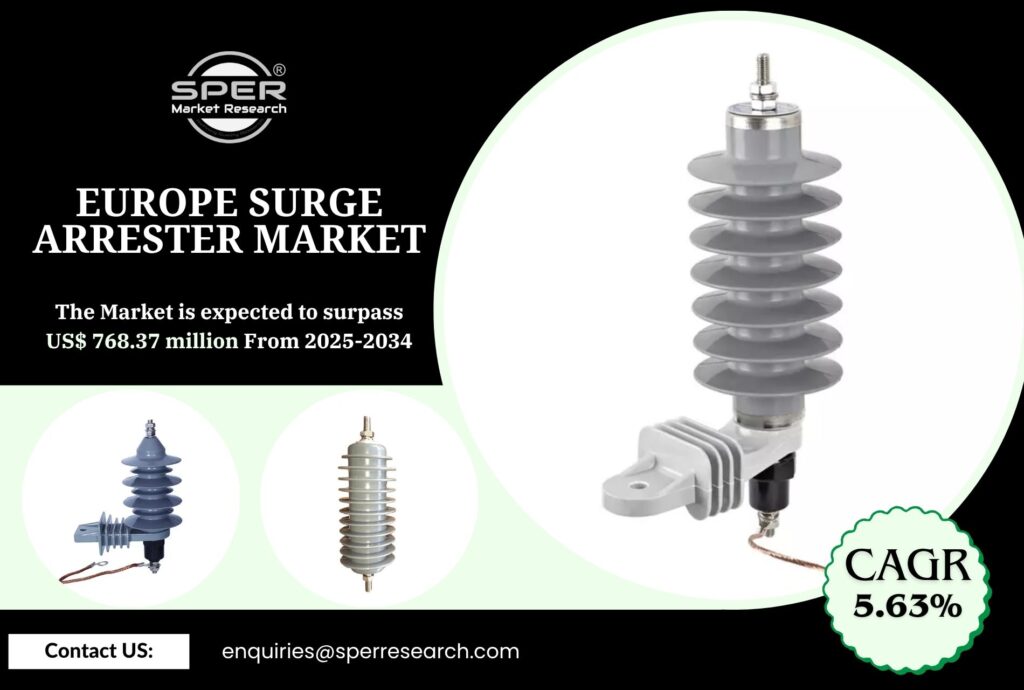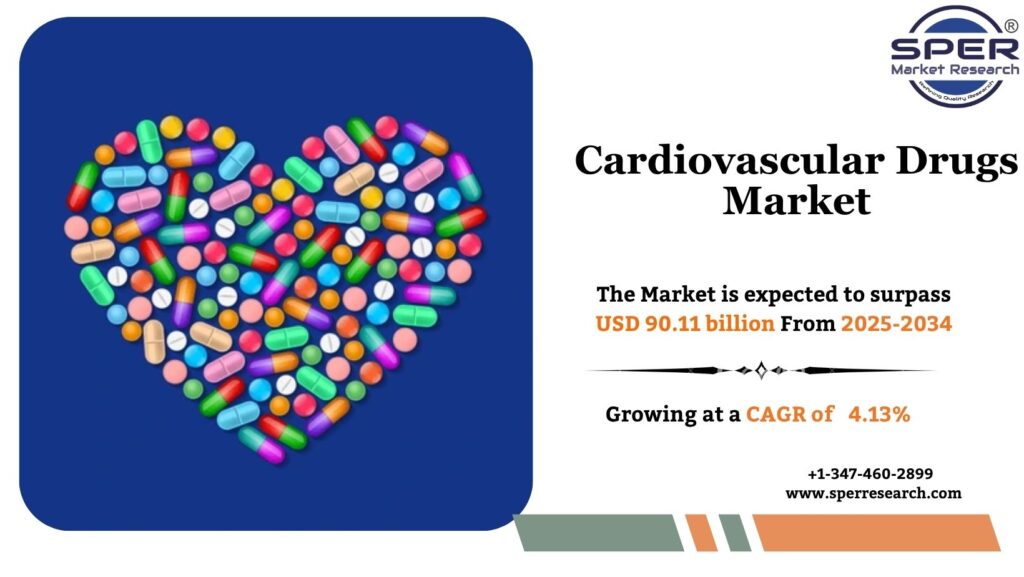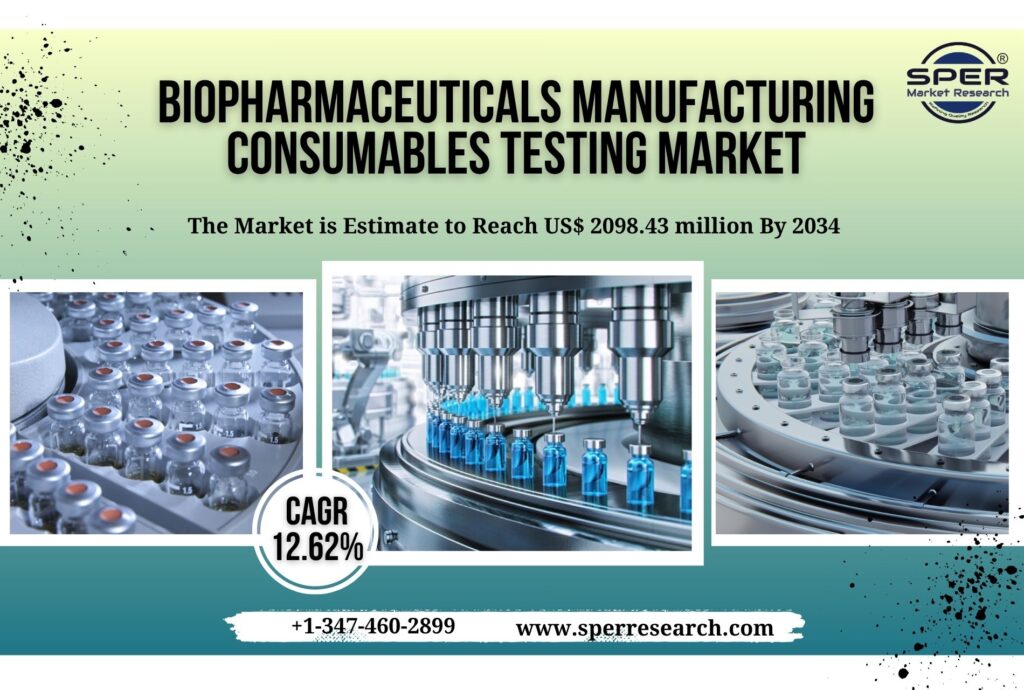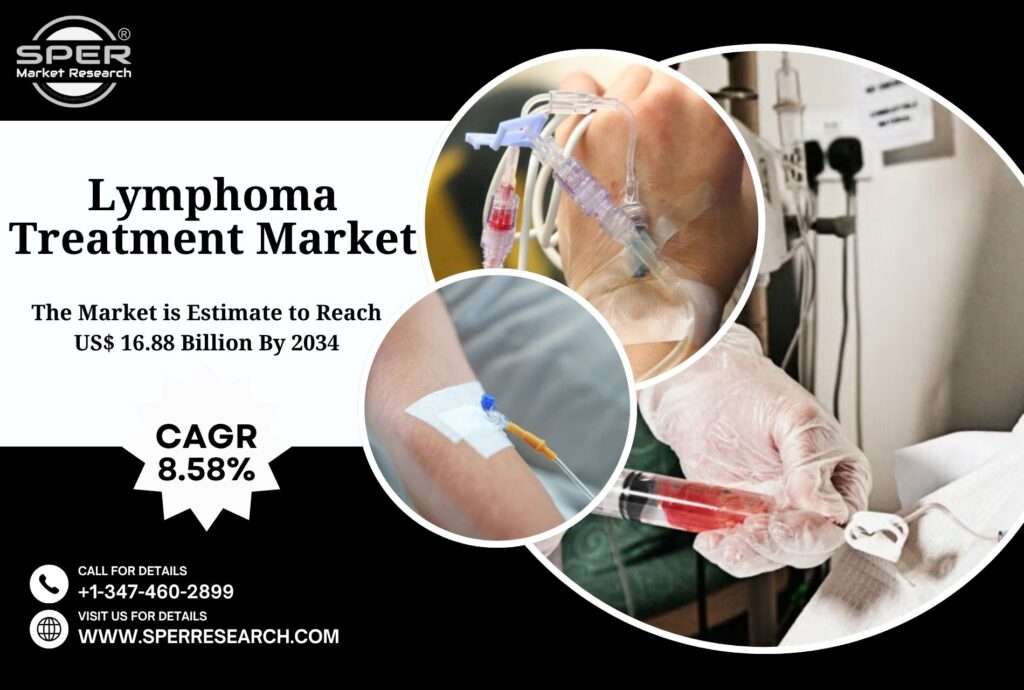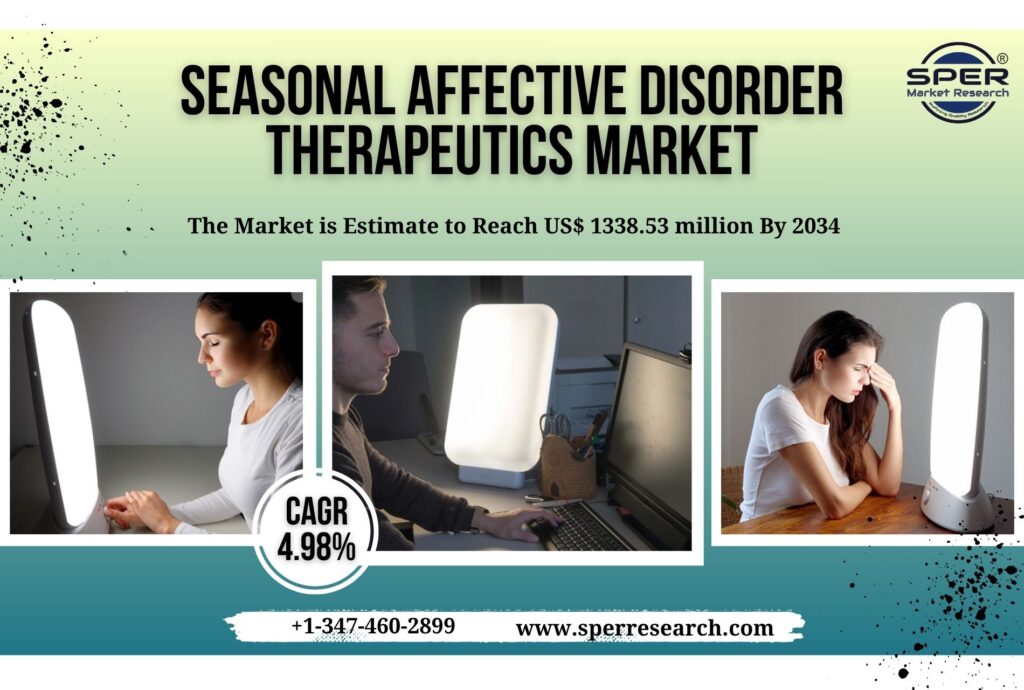During root canal therapy, tooth root canals are cleaned and shaped using specialized dental instruments known as Endodontic Files. Stainless steel and nickel-titanium are common materials used to make these tools because of their strength, flexibility, and ability to withstand fracture. Endodontic files work by clearing the tooth’s interior of germs, debris, and infected pulp tissue in order to prepare the canal for a filling or sealing substance. They come in two varieties: hand-operated manual forms and rotational or reciprocating systems that are powered by endodontic motors for increased efficiency. Successful root canal therapy and long-term tooth preservation are possible when they are used appropriately.
According to SPER Market Research, ‘Global Endodontic Files Market Size- By Type, By Material, By Distribution Channel, By End-User– Regional Outlook, Competitive Strategies and Segment Forecast to 2034’ state that the Global Endodontic Files Market is predicted to reach 96.35 million by 2034 with a CAGR of 6.03%.
DRIVERS:
Positive regulatory support and rising dental tourism are propelling industry expansion. The need for sophisticated endodontic instruments is growing as more people look overseas for reasonably priced, superior dental care, particularly for root canal therapy. Increases in treatment volumes immediately increase the need for endodontic files in nations with established dental tourism hubs. The use of these instruments is also promoted by regulatory agencies that guarantee the efficacy and safety of dental products as well as dental reimbursement programs that support endodontic operations, which increases the market’s growth internationally. Global demand for endodontic services is further boosted by an aging population that is more susceptible to dental issues and easier access to dental care.
Download Free Sample Detailed Report – https://www.sperresearch.com/report-store/endodontic-files-market?sample=1
RESTRAINTS:
The availability of substitute dental procedures substantially limits the market expansion for endodontic files. Dental implants, in particular, have developed as a highly appealing and dependable method of replacing missing or severely damaged teeth. In circumstances where a tooth’s long-term prognosis is unknown, implants are frequently a more straightforward and lasting treatment than standard root canal therapy, eliminating the need for endodontic procedures. Furthermore, conservative and preventative dentistry techniques that promote the preservation of natural tooth structure are becoming increasingly popular. By reducing the necessity for major endodontic operations, these techniques are gradually moving patient preferences away from traditional root canal therapies.
The North America is leading the Endodontic Files market and had the largest revenue share in 2024 due to the growth of preventative dentistry and increased dental awareness. As more patients prioritize oral health, there is an increasing need for sophisticated endodontic procedures such root canal therapy. Some of the key market players are Brasseler USA, Coltene, Dentsply Siron, DiaDent Group International, EdgeEndo, Envista Holdings Corporation, FKG Dentaire Srl, and others.
For More Information, refer to below link: –
Related Reports:
Follow Us –
LinkedIn | Instagram | Facebook | Twitter
Contact Us:
Sara Lopes, Business Consultant — USA
SPER Market Research
enquiries@sperresearch.com
+1–347–460–2899


